Compared: Qantas Platinum vs Virgin Australia Velocity Platinum
For those who travel more than most, how do the perks of Platinum status compare between Qantas and Virgin Australia?

Platinum frequent flyer status isn't merely your ticket to the lounge – it's also the key to a raft of other travel benefits, both on the ground and in the air.
But for Australia's road warriors, how does Qantas Platinum compare to Virgin Australia Velocity Platinum? Executive Traveller puts the two head-to-head.
- Reaching Platinum status for the first time
- Retaining your Platinum status for another year
- Priority check-in for Platinum frequent flyers
- Checked baggage for Platinum frequent flyers
- Carry-on baggage for Platinum frequent flyers
- Airport lounge access for Platinum frequent flyers
- Status bonus for Platinum frequent flyers
- X-factor perks for Platinum frequent flyers
- Qantas Platinum vs Velocity Platinum: the verdict
Reaching Platinum status for the first time
For those beginning their high-flying journey and gaining Platinum from scratch, it's worth considering which airline is the best fit.
The first metric on that scale is how easily you'll reach that goal, so here's how many status credits you'd need to unlock Qantas Platinum or Velcity Platinum, as well as Qantas Lifetime Platinum after some serious flying.
| Earning Platinum status | ||
| Qantas Platinum | ||
| Qantas Lifetime Platinum | ||
| Velocity Platinum |
Although Velocity Platinum requires fewer status credits to reach on paper, the figures above only tell half the story.
You also have to factor in how many status credits you'd earn from every flight – and in turn, how many of those flights it'd take to get you to your goal.
Here's an analysis for a traveller starting from zero and taking short popular domestic routes like Sydney-Melbourne and Sydney-Brisbane.
| Short flights to earn status | ||
| Discount economy | (Red e-Deal) |
(Lite) |
| Semi-flex economy | (Choice) |
|
| Flexible economy | (Flex) |
(Flex) |
| Economy reward seat | (Classic Reward) |
|
| Standard business class | (Business) |
(Business) |
| Flexible business class | (Flexible Business) |
|
| Business reward seat | (Classic Reward) |
*Only for Qantas Points Club members
It's clear that while Virgin Australia requires 400 fewer status credits to reach Platinum compared to Qantas, a lower earning rate on Virgin's entry-level economy fares sees Velocity Platinum the harder status to achieve for these travellers.
However, the numbers swing in Virgin Australia's favour for those purchasing any other type of commercial fare, requiring fewer one-way flights to reach Platinum across the board.
Winner: As Qantas has the edge for those on entry-level economy fares and eligible members flying on reward seats, but Velocity sits in front for those paying cash for higher fare categories, we're calling this one a draw, as the best fit differs markedly from one high flyer to the next.
Retaining your Platinum status for another year
Once you've become accustomed to the Platinum lifestyle, here's how many status credits you'll need to keep it locked in for each additional year:
| Retaining Platinum status | ||
| Qantas Platinum | ||
| Velocity Platinum |
Notably, while Qantas requires around 15% fewer status credits to retain its own Platinum tier compared to earning it, that figure is 20% at Velocity.
However, with Virgin Australia awarding just five Status Credits on its most economical domestic fares – as opposed to Qantas’ ten – the Red Roo maintains the advantage when it comes to achieving Platinum status on those fares.
On the usually-booming Sydney-Melbourne corridor, for example, retaining Qantas Platinum would require 120 one-way flights on the lowest-priced economy (Red eDeal), while keeping Velocity Platinum needs 160 one-way flights on lead-in Lite fares.
Of course, the only airline between the two with Lifetime Platinum status is Qantas, but the goal posts for this are so astronomical – being equivalent to retaining Platinum for almost 63 years straight – that its appeal is minimal.
Winner: Although Qantas is the only airline of the two to provide status credits on reward flights (for Points Club members), we are also calling this a draw, as once again, Qantas offers a better deal on the most economical fares but falls behind Velocity on the higher fare categories.
Priority check-in for Platinum frequent flyers
Platinum-tiered travellers rightfully expect fast-tracked service at the airport, and on this, both airlines deliver.
With Qantas, Platinum members can check-in via the domestic Premium Service Desks and international first class (or business class) check-in counters, while with Virgin, the purple priority check-in queues await.
Winner: With both airlines putting Platinum flyers in the fast lane on the routes currently served, this category is a draw.
Checked baggage for Platinum frequent flyers
For domestic business class travellers, Qantas and Virgin Australia assign a checked baggage allowance of 3x32kg for Platinum frequent flyers, which puts the battle here in 'economy' territory.
Aboard Qantas, the standard 1x23kg limit in domestic economy is upped to 2x32kg for Qantas Platinum members – that's an extra free bag, with a licence to pack heavier in each suitcase.
Over at Virgin Australia, the default 1x23kg allowance is boosted to 3x23kg for Velocity Platinum.
Under this system, excess baggage charges apply if any item exceeds that standard 23kg limit. It also means Velocity Platinums pay a fee if bringing only a single bag weighing 24-32kg, which would not attract charges for Qantas Platinum.
We acknowledge that Virgin Australia's allowance provides the greatest total weight overall, being 69kg across three bags versus 64kg across two bags at Qantas, but few road warriors would lug along a third bag just to pack an extra 5kg, of which much of the gain would be lost to the weight of a third suitcase, before adding any contents.
Winner: As the booster for Velocity Platinum is only accessible when carting along at least two suitcases, whereas the benefits of Qantas Platinum allow travellers to pack heavier with only bag to wheel around – while still able to bring an extra if they choose – this one goes to Qantas in economy.
Carry-on baggage for Platinum frequent flyers
Above decks, Qantas' approach is to offer a generous carry-on baggage allowance for every passenger regardless of status, which see Platinum flyers wheeling aboard the same amount as Bronze cardholders.
Virgin Australia does things differently, by imposing a tighter standard cabin baggage allowance, but improving upon this for Velocity Platinum (and Velocity Gold) members.
Here's how the numbers stand across Qantas and Virgin Australia, when flying in domestic economy as a Platinum cardholder.
| Carry-on baggage options | ||
| 1x115cm bag | ||
| 2x105cm bags | 14kg total weight |
14kg total weight |
| 1 bag + 1 suit pack | 14kg total weight |
14kg total weight |
Although Virgin Australia's allowance for Platinum members is certainly a respite to the treatment of Red members, the airline doesn't boost the limits high enough to be competitive with Qantas for travellers with common packing habits.
This sees travellers with a single cabin bag better off on Qantas, and those with two bags also having more freedom under the Qantas approach, which better-accommodates a heavier wheeled bag and a lighter briefcase.
Passengers bringing one bag plus a suit pack can also pack heavier under the Qantas rules, and while Virgin allows that bag to be larger, it remains capped at 3kg lighter, which means a traveller can ultimately pack less on Virgin, despite the airline's headline total limit.
Winner: With the freedom to pack up to 10kg in a single bag regardless of the combination chosen, almost every Platinum member is better-off under the Qantas approach.
Airport lounge access for Platinum frequent flyers
With Platinum sitting a level above Gold – which, like Platinum, also provides for unlimited airport lounge access – many travellers expect their Platinum status to go the extra mile on the ground, as they have in the air.
Qantas delivers on that front with five dedicated Domestic Business Lounges in key capital city airports, reserved for top-tier travellers and those travelling business class.
The airline also offers Platinum members access to Qantas Club lounges at 19 other domestic airports, which are also shared with Gold frequent flyers and paid-up Qantas Club members.
Combined, this provides lounge coverage for Qantas Platinum members across 24 domestic airports, when all lounges are open (or temporarily, 23, while extended airport works take place in Port Hedland).
Qantas Platinum members can visit any of these lounges with up to two adult guests, plus two kids aged 4-17, as well as any children aged 3 and under.
Virgin Australia instead provides a network of seven domestic lounges, being single spaces shared by all the airline's lounge-eligible flyers.
This sees Velocity Platinum members invited into the same lounges as for Velocity Gold and Virgin Australia Lounge members, and for AMEX Platinum Card holders who lack sufficient Velocity status.
When visiting a lounge, Velocity Platinum cardholders can bring three adult guests, three children aged 2-17, and any kids 1 or under.
Winner: With a larger lounge network along with upgraded facilities for Platinum members in key airports, Qantas is the clear winner for most travellers, although Virgin's generosity on guest limits will appeal to those who regularly fly as part of a larger group or bigger family.
Status bonus for Platinum frequent flyers
Of any traveller in the sky, a Platinum frequent flyer is most often the one earning the highest number of frequent flyer points.
Qantas Platinum status bonus
In the domestic skies, Qantas Platinum members earn 100% more points than Bronze on eligible Qantas, Jetstar and American Airlines fares – that's double points – although that accelerated earn rate doesn't apply to a flight's 'minimum points guarantee'.
On short domestic hops like Sydney-Melbourne or Brisbane-Sydney, this finds no extra points awarded in economy, although business class flyers take home an extra 1,400 Qantas Points per flight.
For economy flyers, the booster instead kicks in on mid-length routes like Brisbane-Melbourne, taking the standard earn rate of 800 Qantas Points (under the minimum points guarantee) to 1,400 Qantas Points.
Longer flights such as Sydney-Perth see the biggest bonus, with those on the lowest-priced economy tickets fetching 2,900 Qantas Points one-way, a true 100% increase to the base rate of 1,450 Qantas Points.
Velocity Platinum status bonus
Matching Qantas, Virgin Australia delivers a 100% points bonus for its own Velocity Platinum members, although this doesn't apply to the airline's entry-level Lite fares on any domestic route.
It's a pretty significant distinction, as it means Platinum cardholders booking the most affordable tickets – the very reason many would be flying Virgin over Qantas – miss out completely, and earn no more points than a first-time flyer.
Where the bonus does apply, being on the costlier Choice fares and above, the rewards are very noticeable given Virgin gives Velocity Points based on dollars spent in the air.
This escalates the standard earn rate on Virgin Australia flights of five Velocity Points per $1 spent, to 10 Velocity Points per $1.
On an eligible $300 airfare, this boosts the default haul of 1,500 Velocity Points to 3,000 Velocity Points – that's 6,000 Velocity Points from a return trip, which gets close to the 7,800 Velocity Points needed to book a short domestic economy flight reward.
Velocity complements this with six bonus points per dollar spent on car hire with selected partners, as well as 4 points per dollar spent with Ola.
Winner: As the Velocity approach has most appeal with those who spend more, but the Qantas system delivers more points for those who fly further – especially on lead-in fares – this one's a draw, as the best-fit will depend on each traveller.
X-factor perks for Platinum frequent flyers
Platinum-plated travellers enjoy extended privileges on both Qantas and Virgin Australia.
Additional benefits for Qantas Platinum
By virtue of holding Qantas Platinum status, Qantas frequent flyers will also enjoy Oneworld Emerald benefits.
This means access to first class priority check-in counters, fast-track lanes at selected airports and the ability to earn and redeem Qantas points whenever flying with a Oneworld member airline.
As well, travellers who notch up 500 status credits from Qantas and Jetstar flights each year can choose a bonus of either 8,000 Qantas Points or 50 status credits.
That choice is again available at 1,000 status credits, 1,500 status credits, and 2,000 status credits – so even for a traveller who just scrapes Platinum each year, this could make that process faster by giving 100 extra status credits, after earning 1,000.
Additional benefits for Velocity Platinum
While Virgin Australia does not belong to any international airline alliance, it has gradually cultivated a strong global network by establishing partnerships with airlines such as United Airlines, Singapore Airlines, Qatar Airways and Etihad Airways, among others.
These partnerships extend to Velocity members (including Platinum), who not only enjoy loyalty benefits when flying with the aforementioned airlines but also have the possibility to earn and redeem Velocity points on select partner flights.
Internally, Velocity Platinum members are also offered a comprehensive raft of extra benefits, including:
- Four free business class upgrades each year, valid on any domestic route, from Flex fares.
- Fly Ahead – complimentary same-day flight changes with no change fee or fare difference (excludes Lite tickets).
- Choice of hotel status: Hilton Honors Diamond or IHG Rewards Platinum Elite.
- Preferred car hire status: Europcar Privilege Elite or Hertz Gold Plus Rewards President's Circle.
- Annual Family Trip guarantee – redeem up to four return economy flights once per year on VA marketed flights, where reward seats weren't otherwise available.
- Family pooling of points and status credits: available to all tiers, but beneficial to Platinum members in gaining or retaining status, where every status credit counts.
While each benefit is certainly useful on its own, the choice of hotel status is particularly notable – selecting Hilton Honors Diamond guarantees hotel lounge access (where open and available) with every stay, a significant benefit itself.
Winner: Oneworld Emerald status is nice (albeit of limited use when travelling within Australia), but Virgin Australia's hefty collection of benefits makes it the clear winner for X-factor,
Qantas Platinum vs Velocity Platinum: the verdict
In the battle for Platinum-plated travellers, Qantas and Virgin Australia each put their best foot forward – and each could suit a different type of flyer.
Those who see lounge benefits as the biggest privilege of status will favour Qantas: not only for its five Domestic Business Lounges, but its broader network of lounge locations across Australia.
(Of course, Qantas Platinum is also your ticket to the Qantas First Lounges in Sydney and Melbourne for international flyers, but we're keeping this comparison to domestic).
Qantas Platinum also suits those who pack heavier bags, both for check-in and carry-on, and by allowing Points Club members to earn status credits on reward flights, has strong appeal with high points earners, too.
On the other hand, Velocity Platinum can be a better fit for higher-spending travellers, being easier to earn and retain on all fares above the lead-in Lite category.
The program's calculation of points based on the price of flights also fits that category, with the Platinum bonus escalating that to an impressive 10 Velocity Points per $1 spent – again, except on economy Lite.
Adding extra perks like elite hotel and car hire status, four confirmed business class upgrades each year and same-day flight changes (again, excluding Lite) gives travellers a good reason to consider Virgin if the overall package works for them.
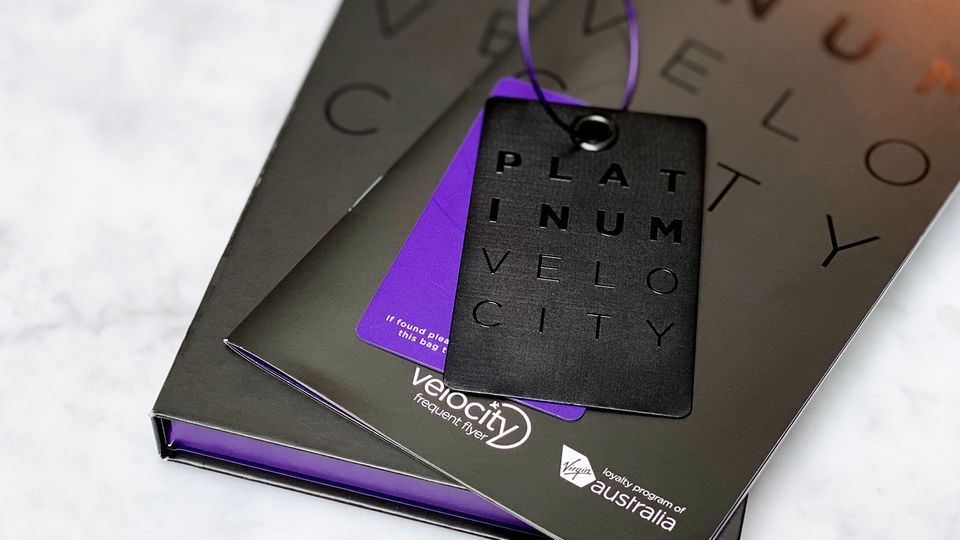
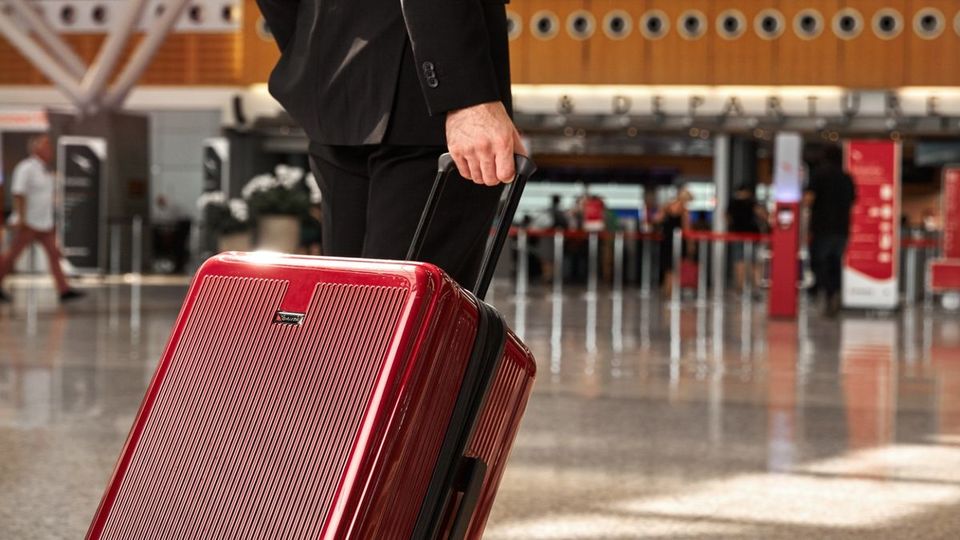
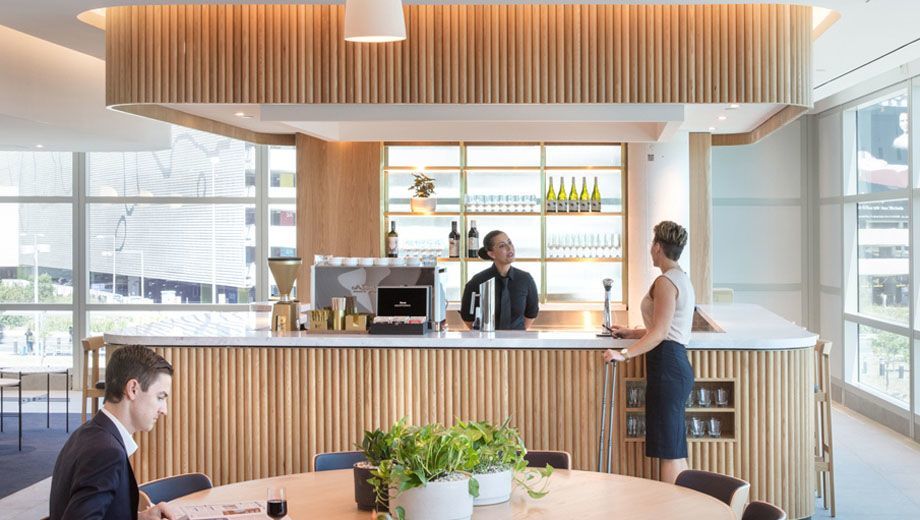
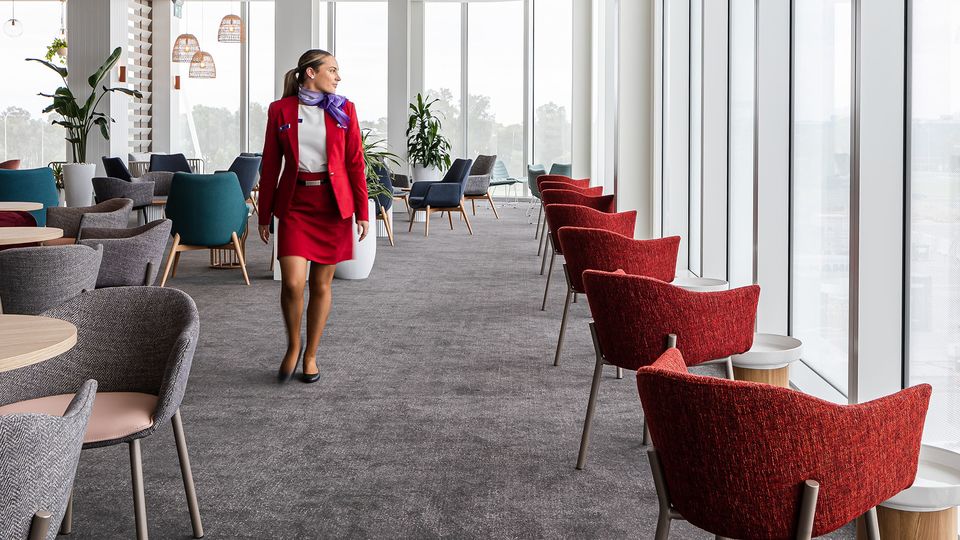
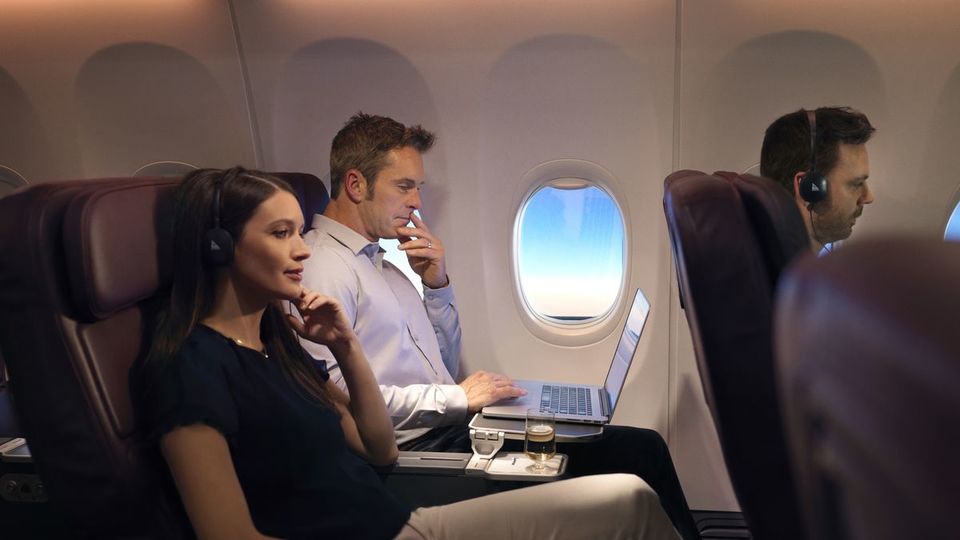
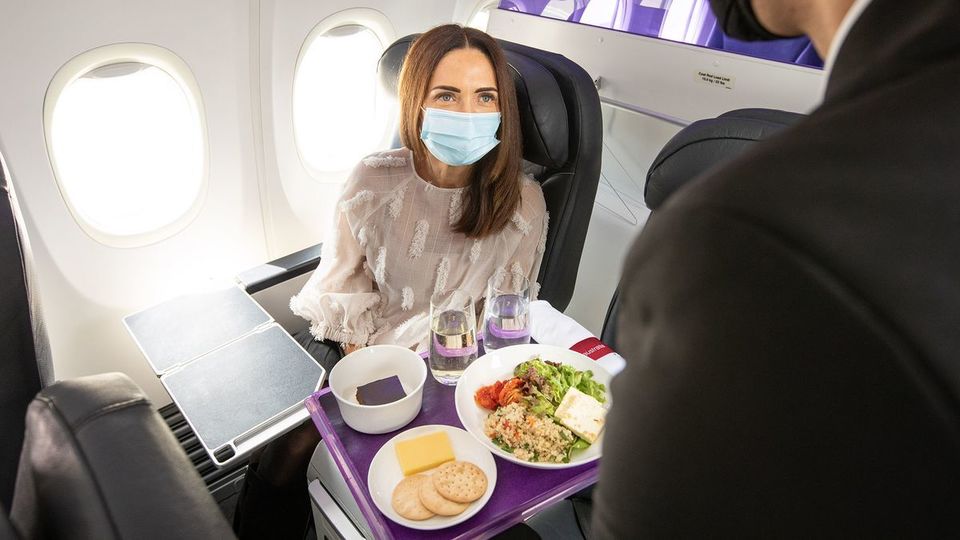
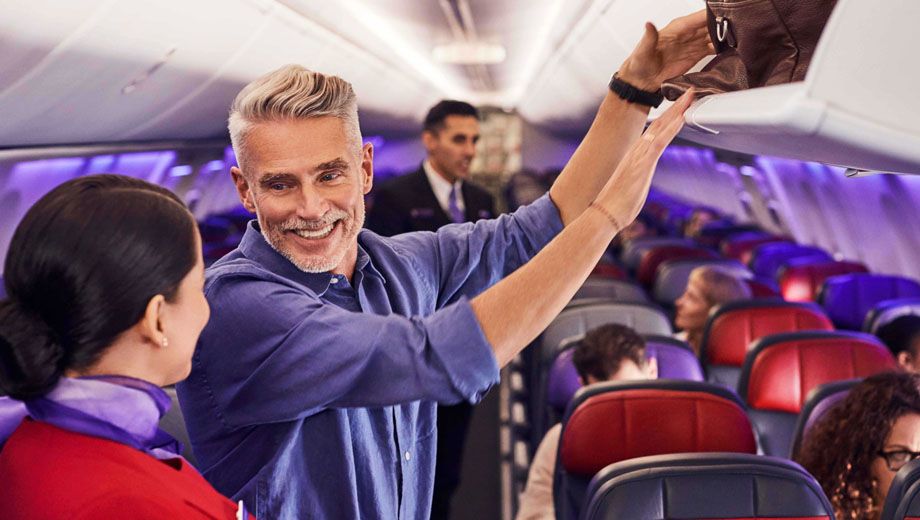
QF
11 Jul 2014
Total posts 974
I'd compare Qantas and Virgin to Coke and Pepsi, I prefer Coke but I'm ok with Pepsi and drink more Pepsi due to price and they offer me the same thing. Older Australians don't like change (try new things) but as the new generation grow up as long as they have On Time Performance, Same Lounges Quality, Cheaper Pricing, Mirror the Market Leader am I really going to think one is better than the other?
11 Sep 2015
Total posts 219
Another good comparison Chris. I'd rate Virgin Platinum as the 'easiest' to get based on SC earning rates vs cost of airfares, and it also has some great extra benefits over Qantas such as complimentary hotel and hire care status and those upgrade certificates. I think where it loses against Qantas are things like Qantas Platinums having a better lounge, Qantas having more lounges in regional areas, plus of course when international travel resumes you get access to some fantastic overseas Qantas lounges plus all the Emerald perks across OneWorld airlines too. But on a purely domestic level and if you are mainly doing capital city flying then Virgin would come out ahead.
Virgin Australia - Velocity Rewards
24 Jan 2018
Total posts 710
Good analysis LIT, am in 100% agreement.
Qantas - Qantas Frequent Flyer
27 Jul 2016
Total posts 57
I think it’s an apples-and-oranges comparison really because of the greater real-world status benefits, network and affiliations QF/One World offers.
Hi Guest, join in the discussion on Compared: Qantas Platinum vs Virgin Australia Velocity Platinum